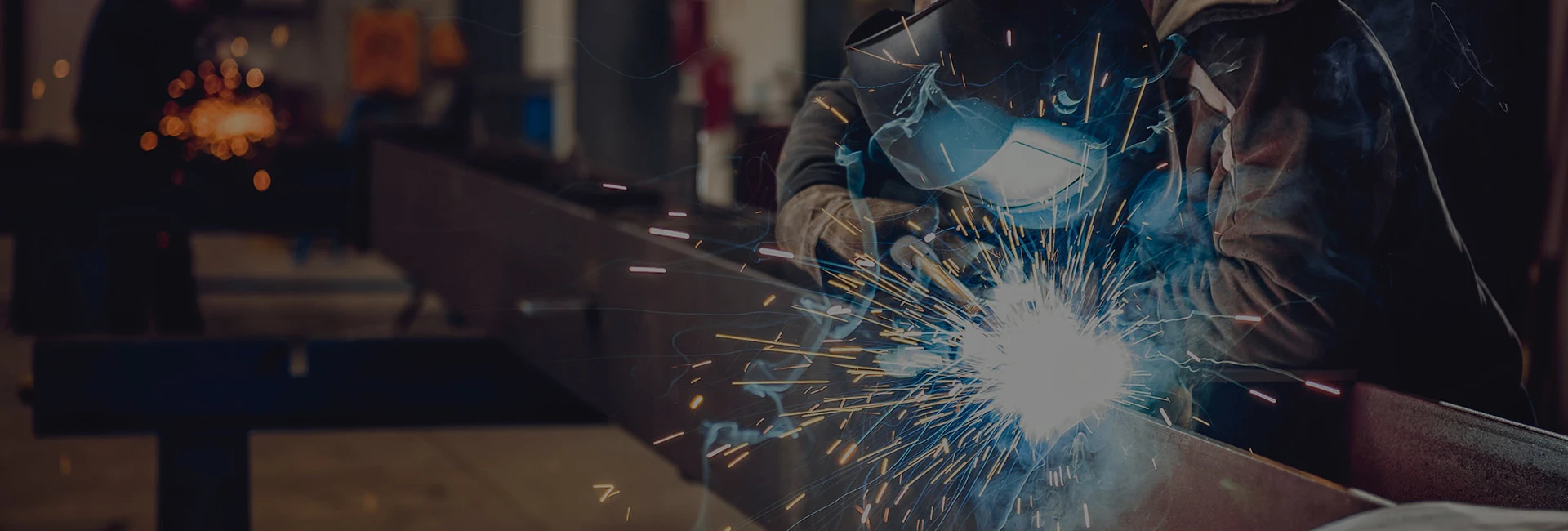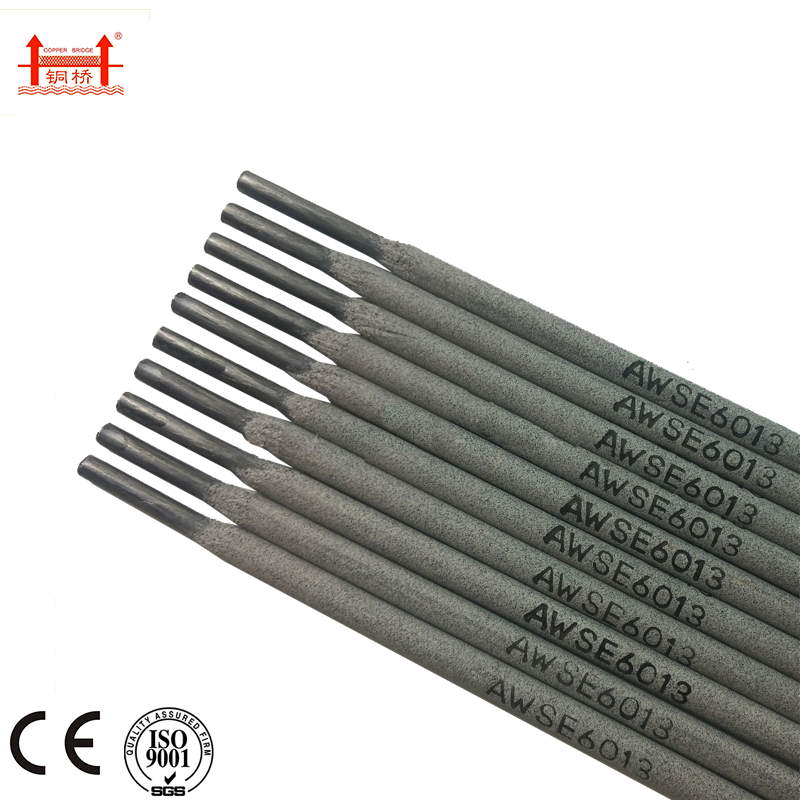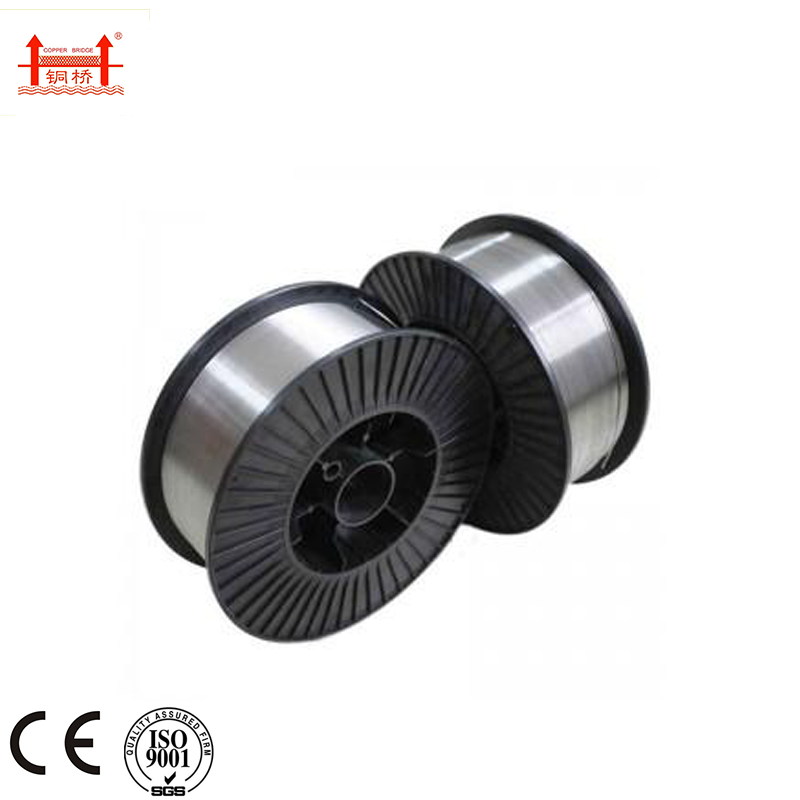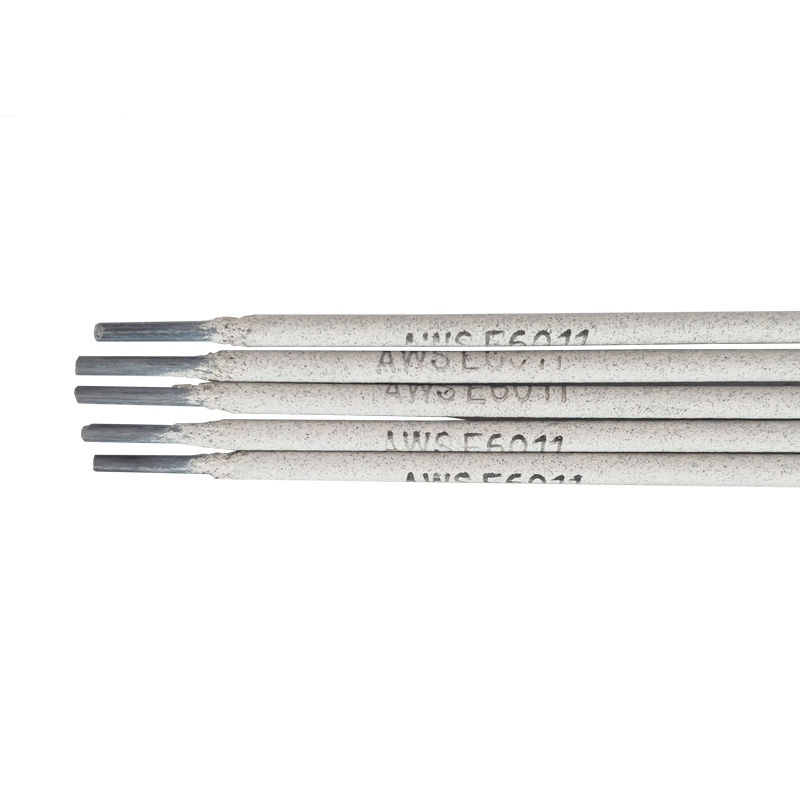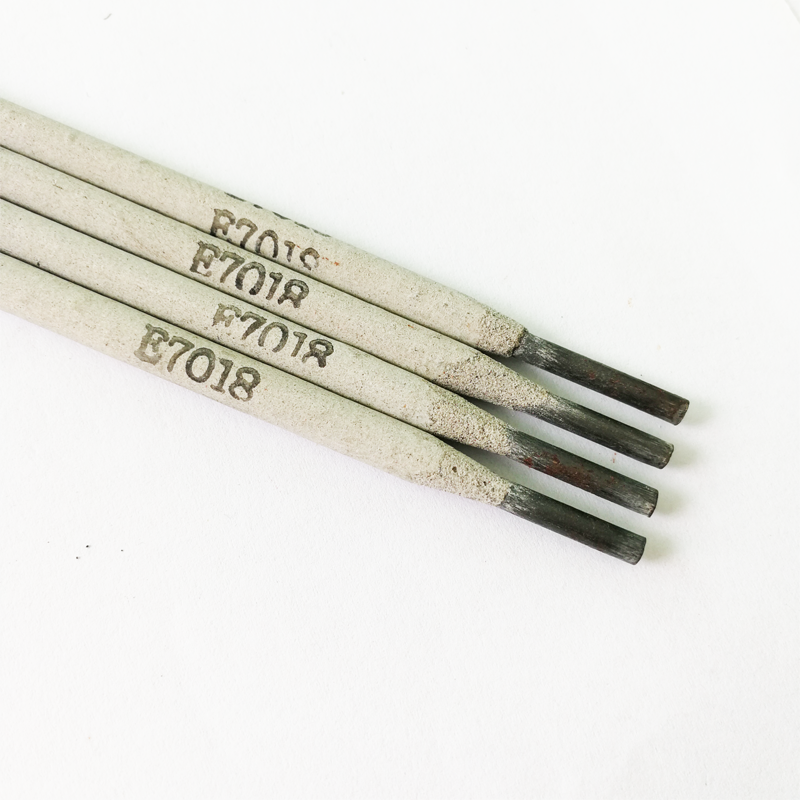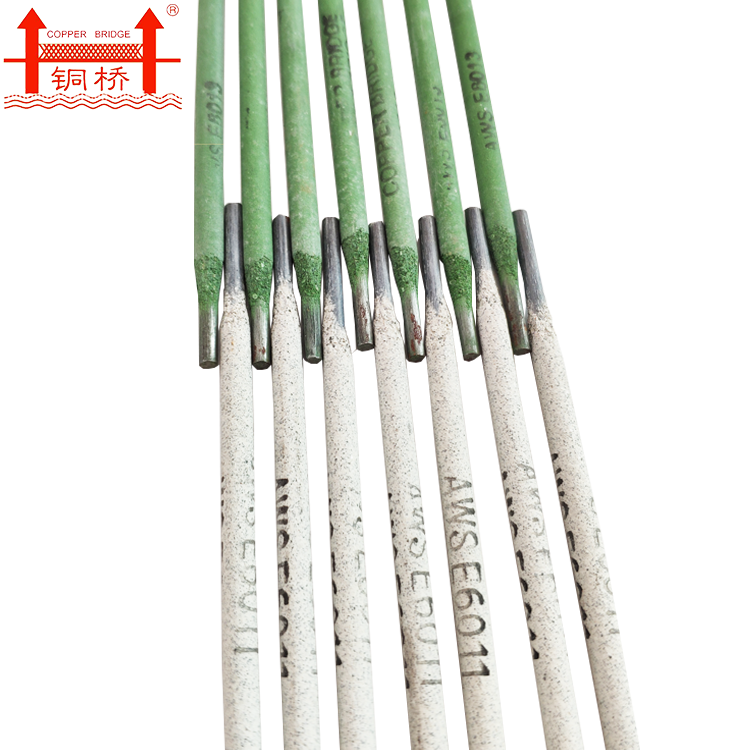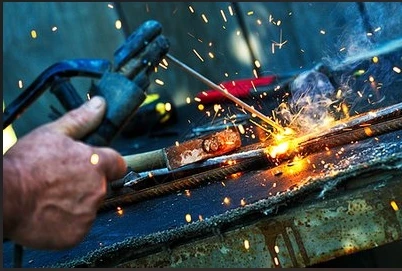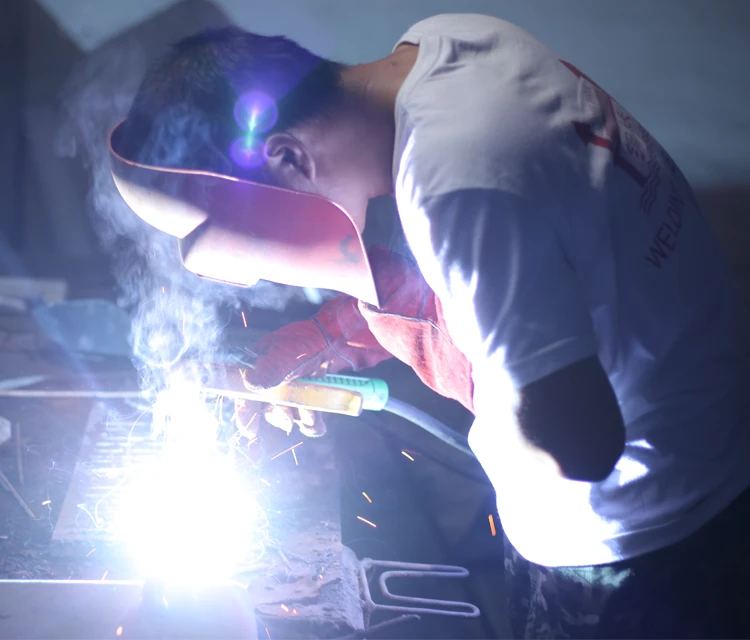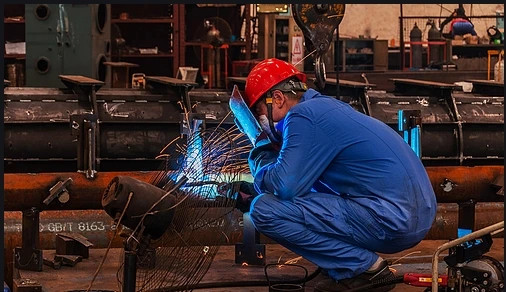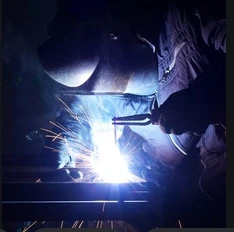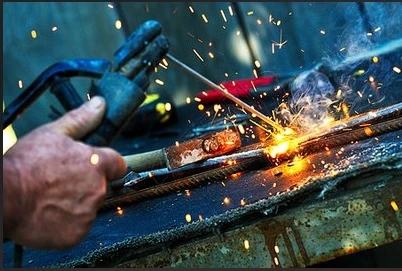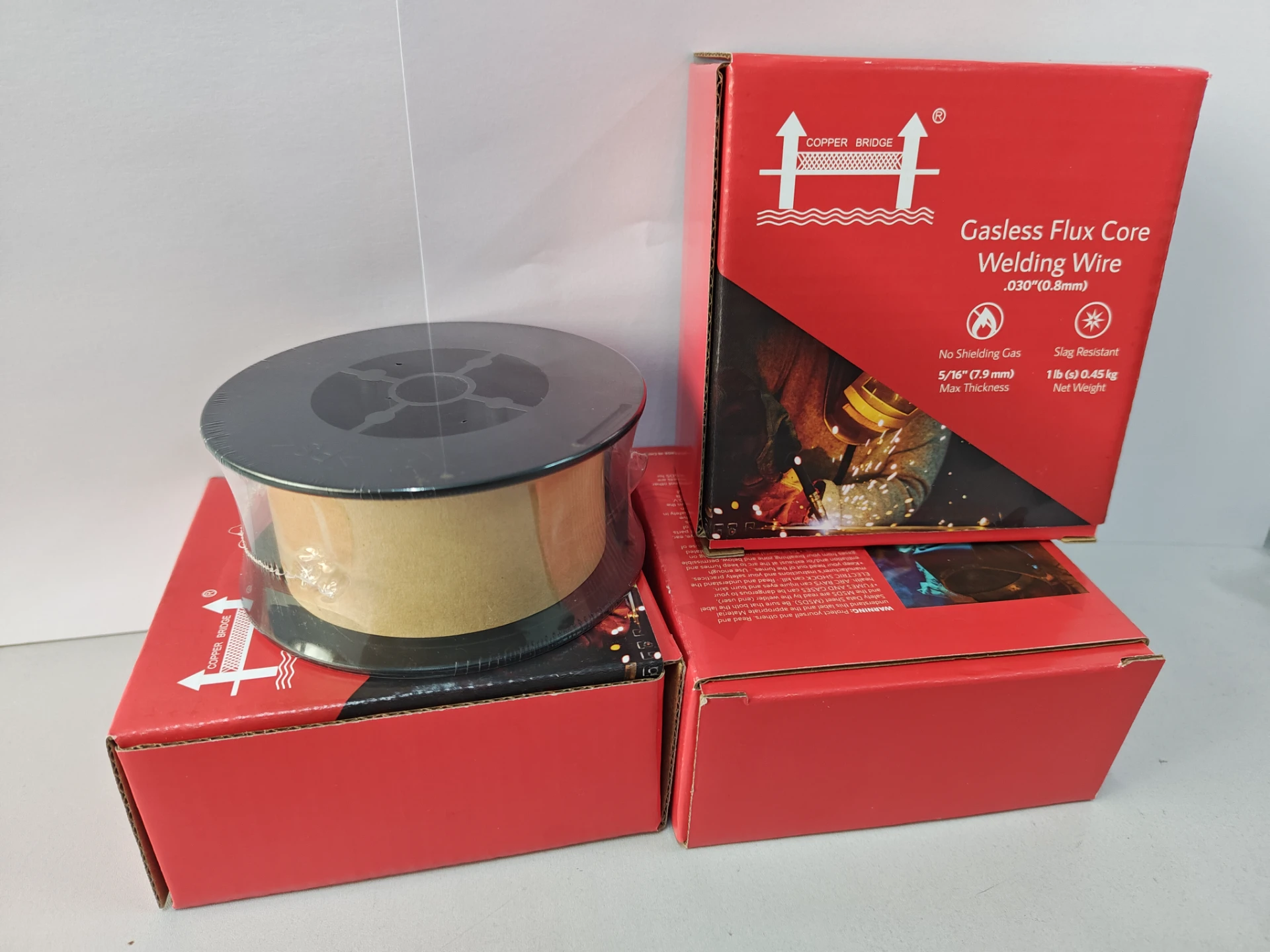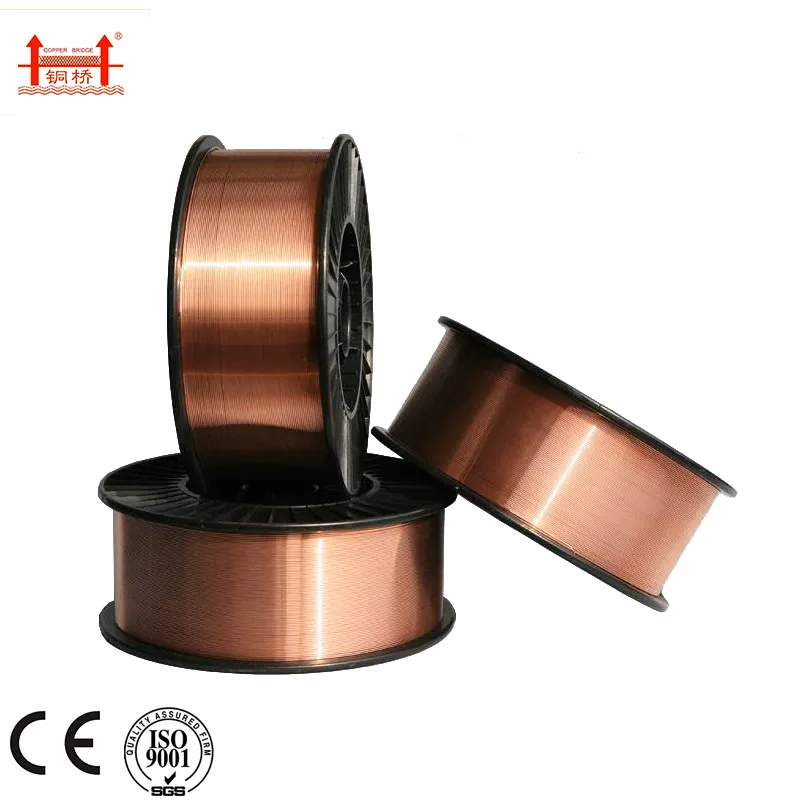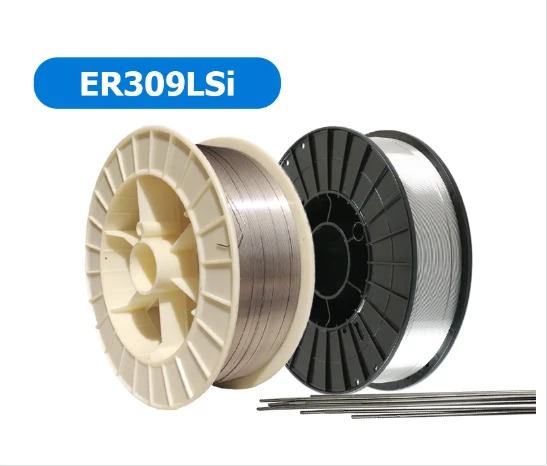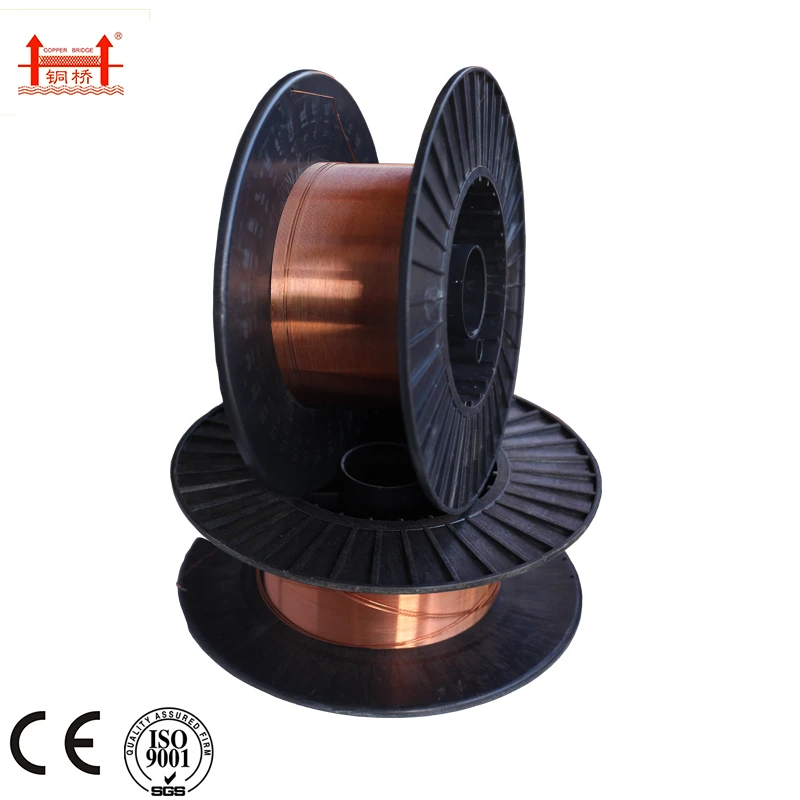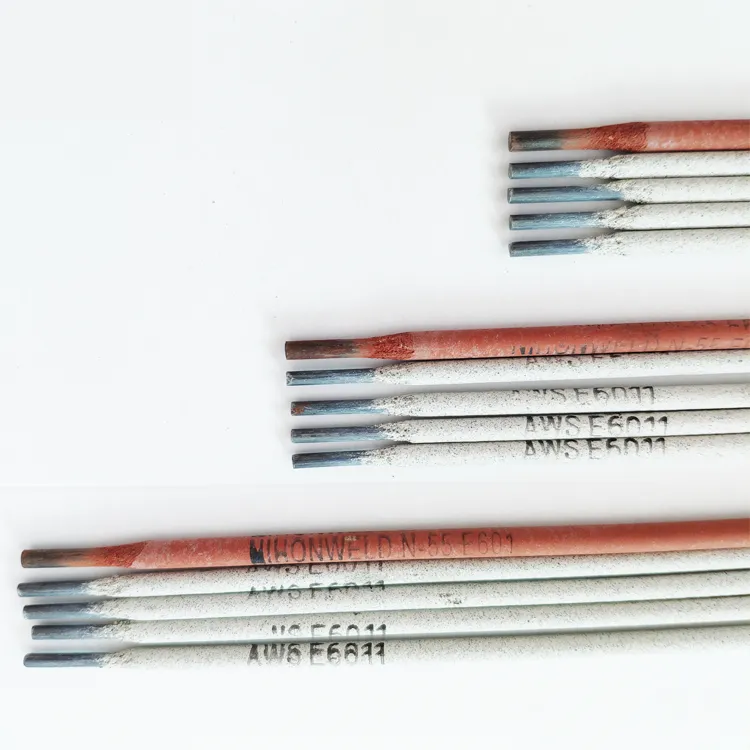316 vs 316L SS Key Differences in Corrosion Resistance & Carbon Content
Май . 14, 2025 04:19
- Introduction to 316 and 316L Stainless Steel
- Key Chemical Composition Differences
- Mechanical Properties and Performance
- Corrosion Resistance and Application Scenarios
- Manufacturer Comparisons: Technical Specifications
- Custom Solutions for Industry-Specific Needs
- Why Choose 316L Over 316 Stainless Steel?
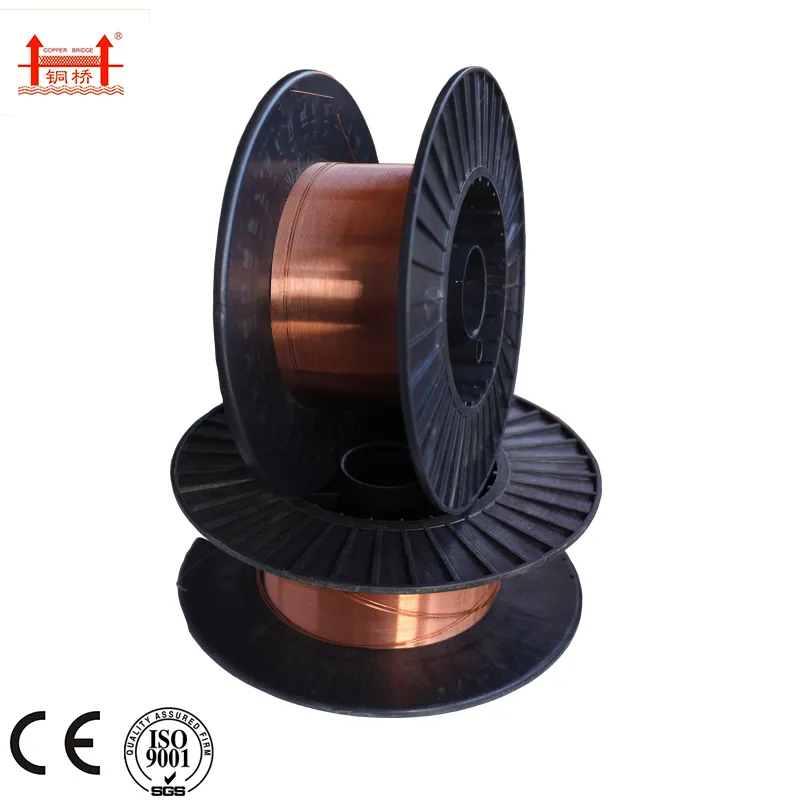
(what is the difference between 316 ss and 316l ss)
What Is the Difference Between 316 SS and 316L SS?
Stainless steel grades 316 and 316L are widely used in industries requiring high corrosion resistance. While both belong to the austenitic family, their distinctions lie in carbon content, weldability, and performance under extreme conditions. This blog dives into technical nuances, data-driven comparisons, and real-world applications to clarify their unique advantages.
Key Chemical Composition Differences
The primary difference between 316 and 316L is carbon content. 316 stainless steel contains up to 0.08% carbon, whereas 316L is limited to 0.03%. This reduction minimizes carbide precipitation during welding, making 316L ideal for high-temperature environments. Both grades include 16-18% chromium, 10-14% nickel, and 2-3% molybdenum, ensuring resistance to pitting and crevice corrosion.
Mechanical Properties and Performance
316 stainless steel offers higher tensile strength (580 MPa vs. 485 MPa) due to its carbon content. However, 316L excels in elongation (40% vs. 35%), providing better ductility for forming operations. Post-weld heat treatment is often unnecessary for 316L, reducing fabrication costs. Data from ASTM A240 confirms these mechanical disparities, emphasizing the trade-off between strength and weldability.
Corrosion Resistance and Application Scenarios
Both grades resist chlorides and acidic environments, but 316L outperforms in welded structures exposed to temperatures above 800°F (427°C). For example, 316L is preferred in pharmaceutical tubing and marine components, where intergranular corrosion risks are critical. Case studies show a 23% longer service life for 316L in seawater applications compared to standard 316.
Manufacturer Comparisons: Technical Specifications
| Manufacturer | Grade | Carbon Content (%) | Tensile Strength (MPa) | Key Application |
|---|---|---|---|---|
| North American Stainless | 316 | 0.06 | 579 | Chemical Processing |
| Outokumpu | 316L | 0.02 | 485 | Medical Devices |
| Acerinox | 316L | 0.025 | 490 | Desalination Plants |
Custom Solutions for Industry-Specific Needs
Tailored solutions leverage 316L's low-carbon formula for industries like oil & gas, where sour service conditions demand resistance to hydrogen-induced cracking. For architectural projects requiring aesthetic welding, 316L reduces surface oxidation by 15%. Custom annealing processes further enhance corrosion resistance, with some suppliers offering 0.01% carbon variants for ultra-high-purity systems.
Why Choose 316L Over 316 Stainless Steel?
Understanding the difference between 316 and 316L stainless steel hinges on project requirements. While 316 suits high-strength static applications, 316L dominates in welded, high-temperature, or corrosive environments. Cost-benefit analyses reveal that 316L's extended lifespan and reduced maintenance offset its slightly higher initial price by 12-18% in long-term deployments.

(what is the difference between 316 ss and 316l ss)
FAQS on what is the difference between 316 ss and 316l ss
Q: What is the main difference between 316 SS and 316L SS?
A: The primary difference is carbon content. 316 SS contains up to 0.08% carbon, while 316L SS has a maximum of 0.03% carbon. This makes 316L more resistant to sensitization and corrosion in welded structures.
Q: How does the carbon content affect 316 vs 316L performance?
A: Lower carbon in 316L minimizes carbide precipitation during welding. This reduces susceptibility to intergranular corrosion compared to standard 316. Both maintain similar corrosion resistance otherwise.
Q: Which grade is better for high-temperature applications: 316 or 316L?
A: Standard 316 is generally preferred for high-temperature services. The slightly higher carbon content helps maintain strength at elevated temperatures. 316L is better suited for corrosive environments requiring extensive welding.
Q: Are 316 and 316L stainless steel interchangeable?
A: While chemically similar, they're not fully interchangeable. 316L should be used where heavy welding is required. Standard 316 may be chosen for applications needing slightly higher strength.
Q: Why choose 316L over 316 stainless steel?
A: 316L is preferred for welded components in corrosive environments. Its reduced carbon content prevents harmful carbide formation. It's commonly used in chemical processing and marine applications.
Related Video



